Imagine a world where sunlight never reaches, where darkness reigns supreme, and the pressure could crush a submarine like a soda can. Welcome to the Midnight Zone—Earth’s most mysterious and inhospitable frontier. It’s a place that seems almost alien, yet it lies right beneath our feet, hidden beneath the rolling waves of the deep ocean. Few people will ever see this world with their own eyes, but its secrets are slowly being revealed by daring explorers and ingenious scientists. Journey with us as we plunge into the heart of the planet’s most extreme pressure, where life survives—and even thrives—against all odds.
What Is the Midnight Zone?

The Midnight Zone, also known as the bathypelagic zone, is one of the least explored regions on Earth. It stretches from about 1,000 meters (3,280 feet) down to 4,000 meters (13,123 feet) beneath the ocean’s surface. Here, there is no natural light, setting it apart from the sunlit shallows above. The pressure is immense—hundreds of times greater than at sea level—making this environment utterly hostile to most forms of life. Despite these daunting conditions, the Midnight Zone is teeming with mysterious creatures and fascinating ecosystems. It’s a realm that challenges our very understanding of what life can endure.
Eternal Darkness: A World Without Sunlight

In the Midnight Zone, darkness is absolute. No sunlight penetrates this deep, so the only illumination comes from the eerie glow of bioluminescent organisms. It’s as if the ocean is holding its own secret light show, invisible from the surface. Without sunlight, there can be no photosynthesis, which means plants cannot survive here. Instead, life has devised other ways to find energy and food. The perpetual night creates an atmosphere of suspense and mystery, making each new discovery feel like stepping onto another planet.
The Crushing Weight of Pressure

At these depths, the pressure is almost unimaginable—over 400 times greater than what we experience at sea level. This crushing force would flatten a human body and destroy most man-made vehicles. Deep-sea creatures, however, have evolved to deal with the intense pressure in remarkable ways. Their bodies are often soft and flexible, with minimal air spaces that could collapse under the weight. Instead of bones, many have cartilage or unique proteins that help them survive. The Midnight Zone is a living testament to nature’s ability to adapt and thrive under extreme conditions.
Chilly Temperatures and Chemical Mysteries
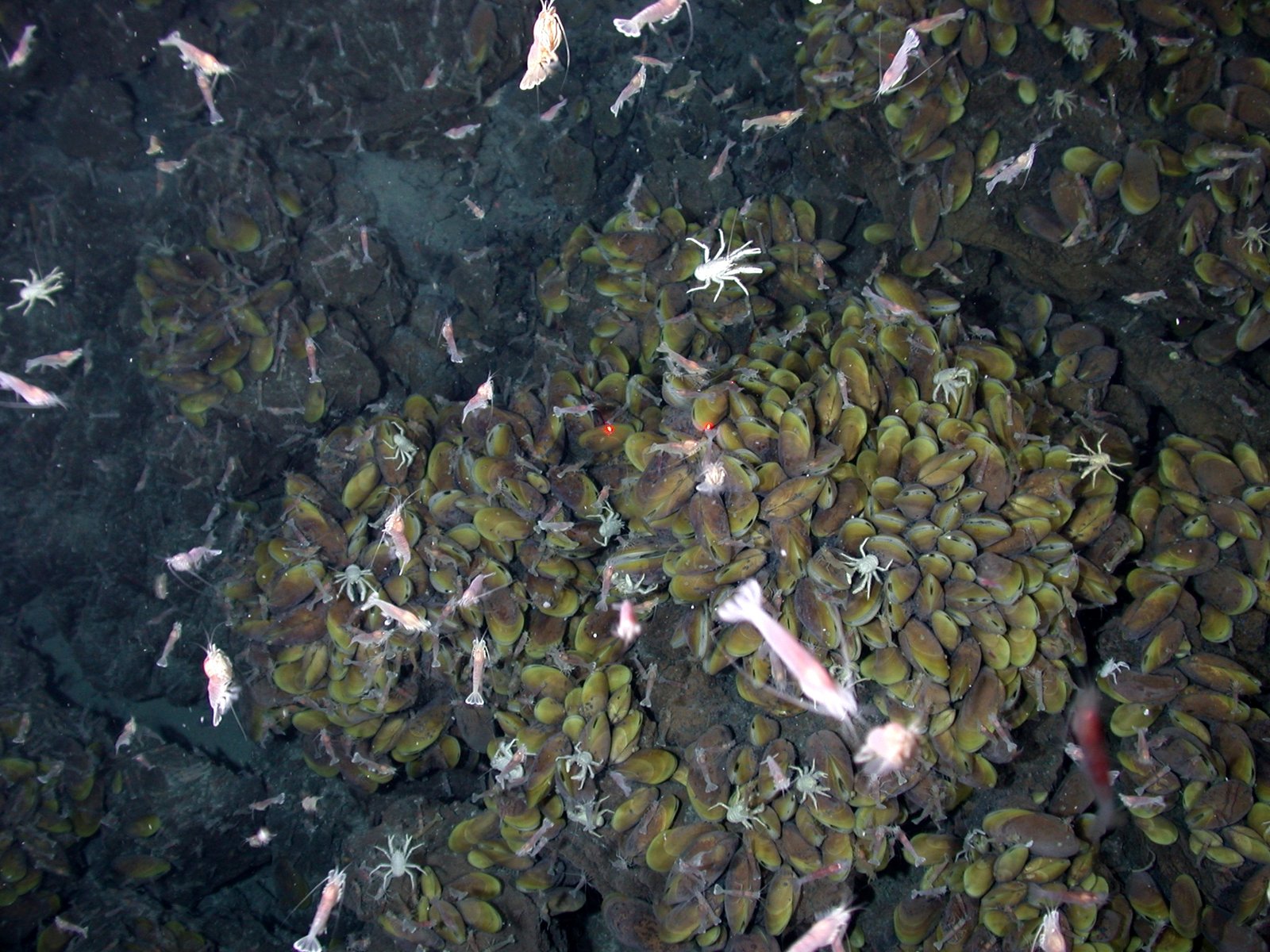
It’s cold in the Midnight Zone—temperatures hover near freezing, usually between 2-4°C (35-39°F). This bone-chilling cold slows down metabolic rates, so everything happens much more slowly here compared to life closer to the surface. The water is also rich in dissolved chemicals, some of which are toxic to humans but support unique forms of life. Hydrothermal vents and cold seeps provide bursts of heat and nutrients, creating oases for bizarre ecosystems. The chemistry of the Midnight Zone is still poorly understood, but every new discovery tells us more about how life can flourish in what seems like an impossible environment.
Bizarre and Bioluminescent Life Forms

The Midnight Zone is home to some of the planet’s most strange and otherworldly creatures. Many of them produce their own light through bioluminescence—a chemical reaction that creates eerie glows in the darkness. Anglerfish, with their glowing lures, attract prey in the pitch-black water. Lanternfish and hatchetfish shimmer like underwater stars, while vampire squids flash sudden bursts of light to confuse predators. These adaptations not only help with hunting and defense but also with communication in a world where vision is nearly useless.
How Deep Is Too Deep?

While the Midnight Zone officially ends at 4,000 meters, the ocean continues to plunge even deeper into the abyssal and hadal zones. The deepest part of the ocean, the Mariana Trench, reaches over 11,000 meters (36,000 feet). Each layer comes with its own challenges and unique life forms. The Midnight Zone serves as a crucial gateway between the more familiar upper ocean and the even more extreme depths below. Exploring these layers helps scientists understand the limits of life on Earth—and perhaps beyond.
Survival Strategies in the Midnight Zone

Life here is a constant struggle. Food is scarce, so many animals have become expert scavengers, feeding on the “marine snow” that drifts down from above. Others are fierce predators, lying in wait for the rare opportunity to catch a meal. Some creatures can survive for months without eating, slowing their metabolism to a crawl. Camouflage, stealth, and even transparency are common survival strategies. These adaptations are not just fascinating—they’re essential for survival in a world where every calorie counts.
Feeding in the Dark: The Role of Marine Snow
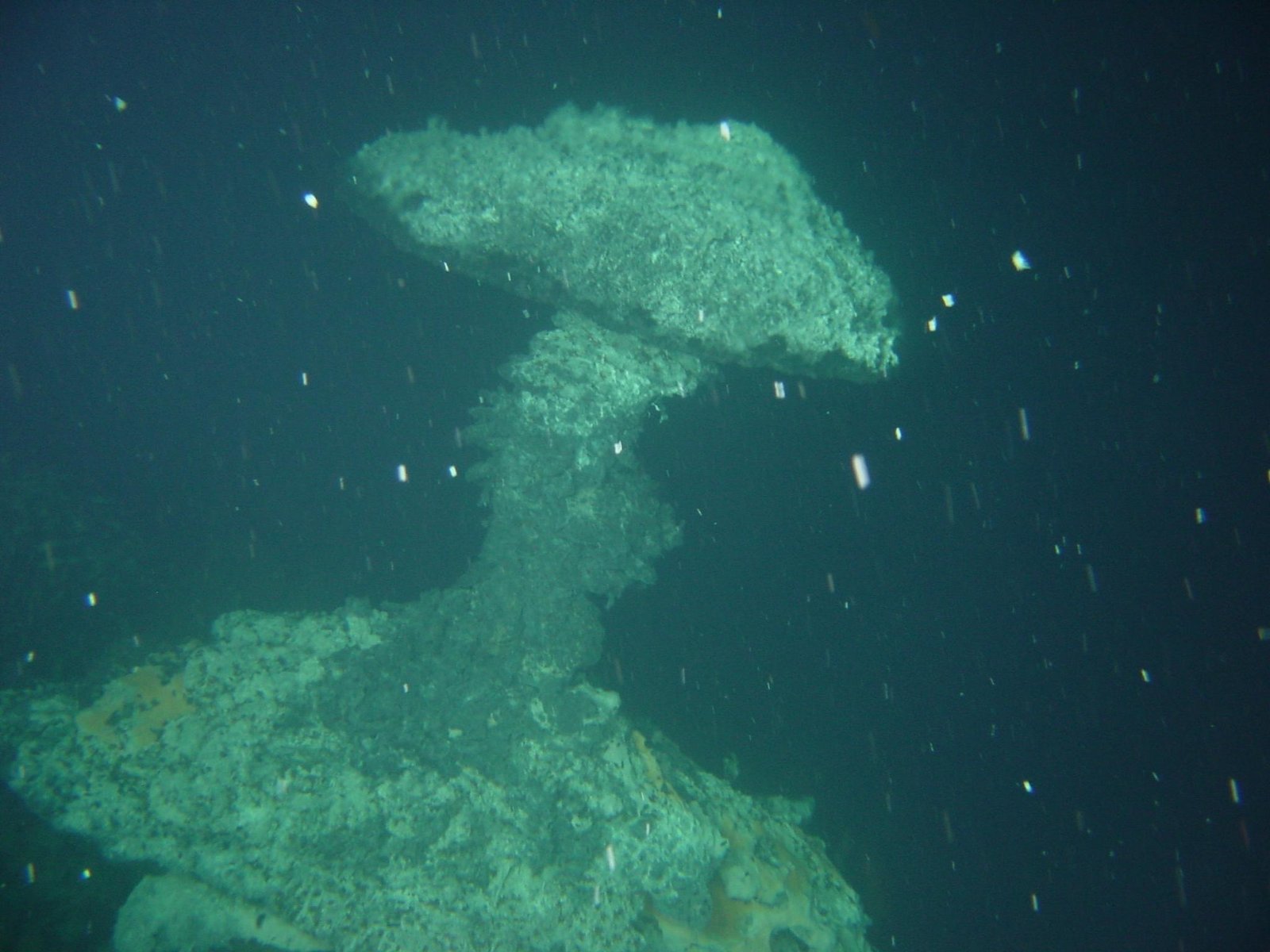
Without sunlight, there’s no plant life to form the base of the food chain. Instead, most creatures in the Midnight Zone rely on a rain of organic particles called marine snow. This “snow” is a mixture of dead plankton, fecal matter, and bits of decaying animals that slowly drift down from the sunlit layers above. It might sound unappetizing, but for deep-sea dwellers, marine snow is a lifeline. Some animals filter it from the water, while others hunt the organisms that feed on it. It’s a humble yet vital part of life in the deep.
Predators and Prey: The Eternal Hunt
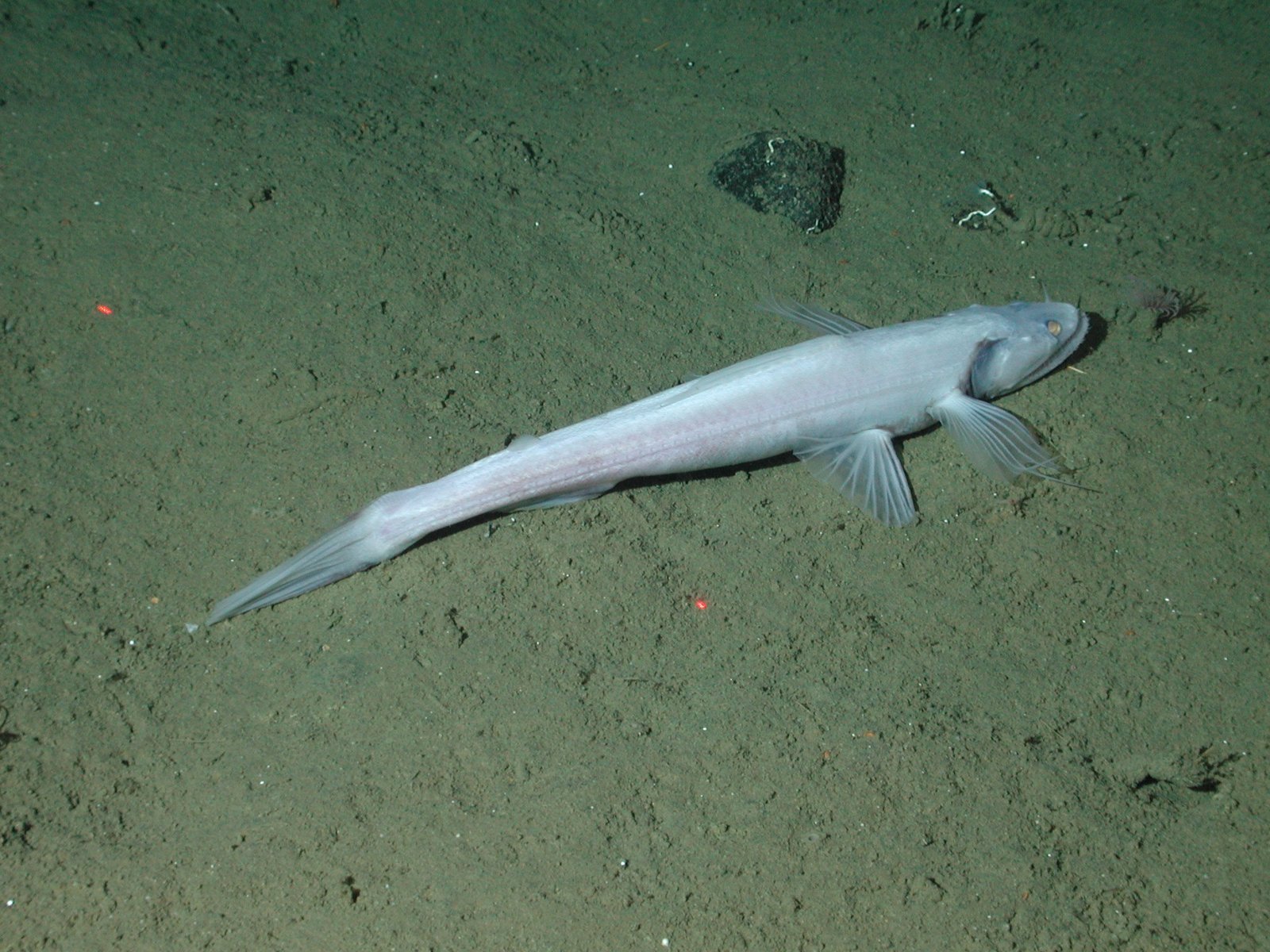
Life in the Midnight Zone is a high-stakes game of hide and seek. Predators have evolved incredible adaptations to find and catch prey in the darkness. Many have huge mouths and expandable stomachs, allowing them to eat almost anything they catch—no matter the size. Prey species, in turn, have developed ways to avoid detection, such as transparent bodies or the ability to emit sudden flashes of light to startle attackers. This never-ending arms race drives the evolution of some of the most bizarre creatures imaginable.
Bioluminescence: Nature’s Light Show

Bioluminescence is one of the most stunning phenomena found in the Midnight Zone. It’s caused by chemical reactions within special cells or organs, producing light without heat. Some creatures use it to lure prey, while others use it to communicate or even attract mates. The light can be blue, green, or even red—colors that travel best through water. Bioluminescence also serves as a defense mechanism, distracting or blinding would-be predators. It’s like a living fireworks display, hidden deep beneath the waves.
Unique Ecosystems: Hydrothermal Vents and Cold Seeps
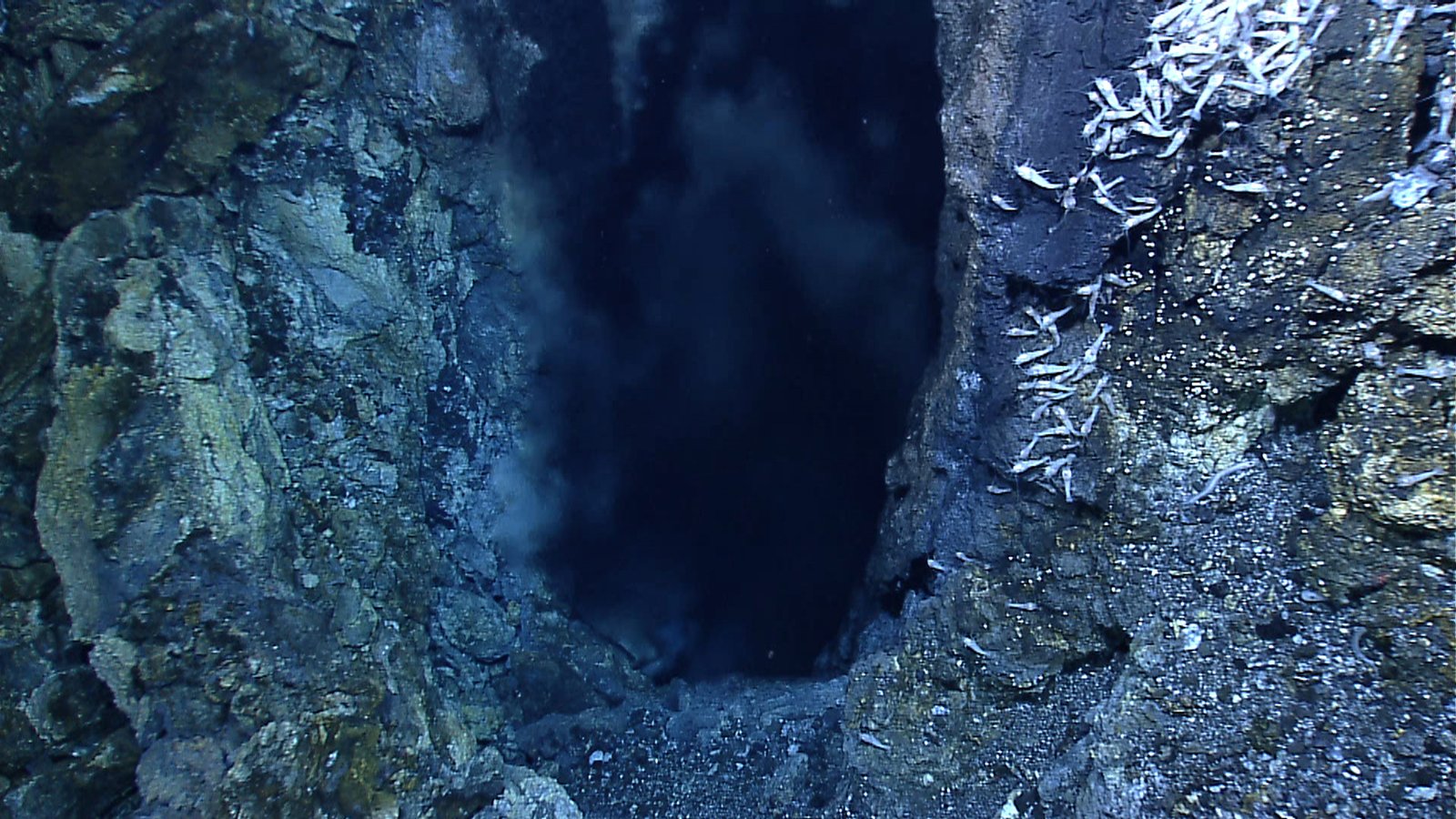
Not all life in the Midnight Zone depends on marine snow. Around hydrothermal vents and cold seeps, entire communities thrive on chemicals like hydrogen sulfide and methane. These chemicals are toxic to humans but provide energy for bacteria, which in turn support larger animals like tube worms, clams, and crabs. These ecosystems are among the most productive in the deep ocean, bursting with life in areas that would otherwise be barren. Discovering these communities was one of the most surprising scientific findings of the past century.
The Role of Deep-Sea Exploration

Exploring the Midnight Zone is one of humanity’s greatest adventures. Submersibles, remotely operated vehicles (ROVs), and advanced sensors are unlocking its secrets bit by bit. Each dive reveals new species, unexpected behaviors, and strange landscapes. The technology required to withstand the crushing pressure is remarkable—submarines must be built like armored tanks, with reinforced hulls and life-support systems. Despite the challenges, the thrill of discovery keeps scientists going back for more.
Human Impacts: Pollution and Deep-Sea Mining

Even the Midnight Zone is not immune to human activity. Microplastics, chemicals, and other pollutants have been found in the bodies of deep-sea animals. Deep-sea mining and fishing threaten to disturb fragile ecosystems that took millions of years to evolve. The full impact of these activities is still unclear, but scientists warn that we must tread carefully. The Midnight Zone may seem distant and untouchable, but our actions on the surface can have profound effects on its delicate balance.
The Search for New Medicines

The Midnight Zone is a treasure trove of biological diversity, and scientists are only beginning to tap its potential for medicine. Many deep-sea organisms produce unique chemicals to defend themselves against predators or disease. These compounds could lead to new antibiotics, painkillers, and treatments for cancer. Discoveries from the deep are already shaping modern medicine, offering hope for cures to some of humanity’s most stubborn illnesses.
Climate Change and the Deep Ocean

Global warming doesn’t stop at the surface. Changes in temperature, ocean currents, and oxygen levels are starting to reach even the Midnight Zone. These shifts could have far-reaching effects on the creatures that live there and on the cycles that regulate Earth’s climate. The deep ocean absorbs a huge amount of carbon dioxide, acting as a buffer against climate change. What happens in the Midnight Zone could ultimately affect life on land as well.
What the Midnight Zone Teaches Us About Life
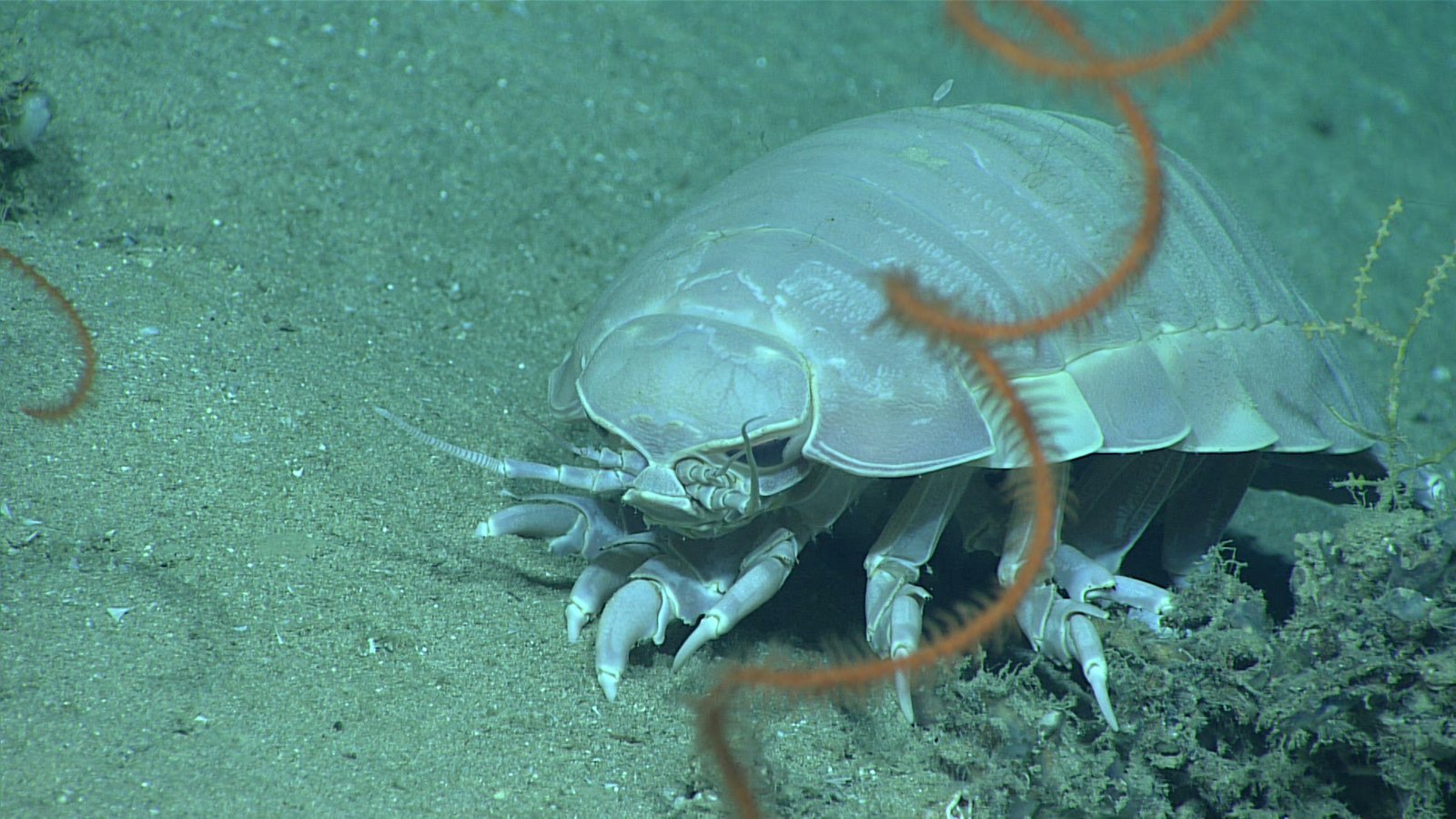
Studying the Midnight Zone stretches the limits of our imagination and our understanding of biology. If life can survive—no, thrive—under such extreme conditions, what else might be possible? Some scientists believe that learning about these hardy creatures could offer clues to finding life on other planets or moons. The Midnight Zone is a living laboratory, showing us the incredible diversity and resilience of life.
The Unseen Frontier: Why the Midnight Zone Matters

The Midnight Zone is more than just a curiosity—it’s a vital part of Earth’s ecosystem. It helps regulate the planet’s climate, cycles nutrients, and supports fisheries that feed millions of people. Yet, it remains one of the least explored places on Earth. As we learn more about this hidden world, we also learn more about ourselves—our ingenuity, our impact, and our connection to the planet. What secrets still lie in the darkness, waiting to be discovered?



